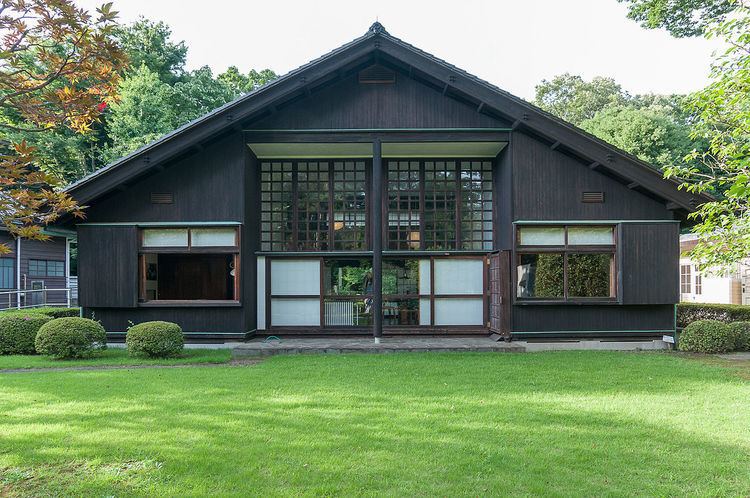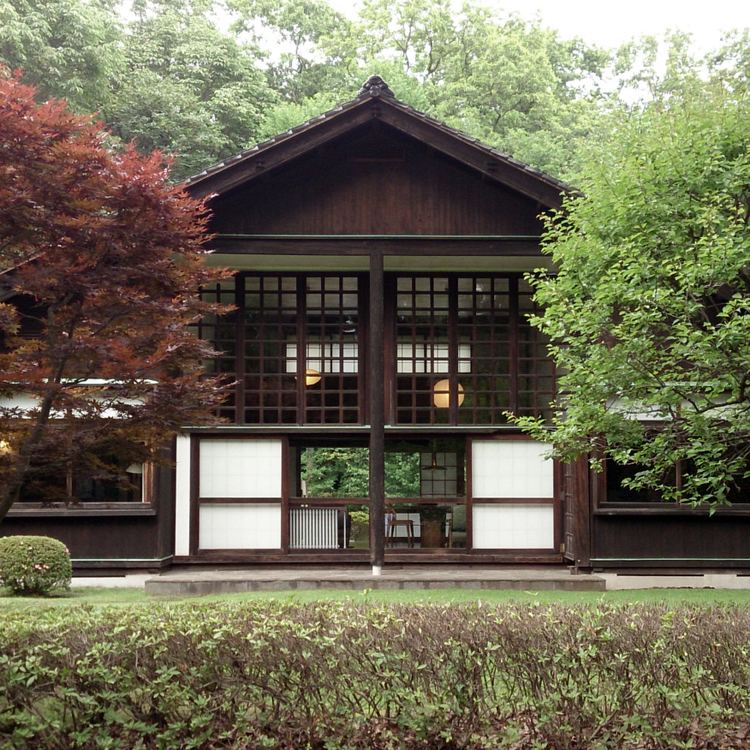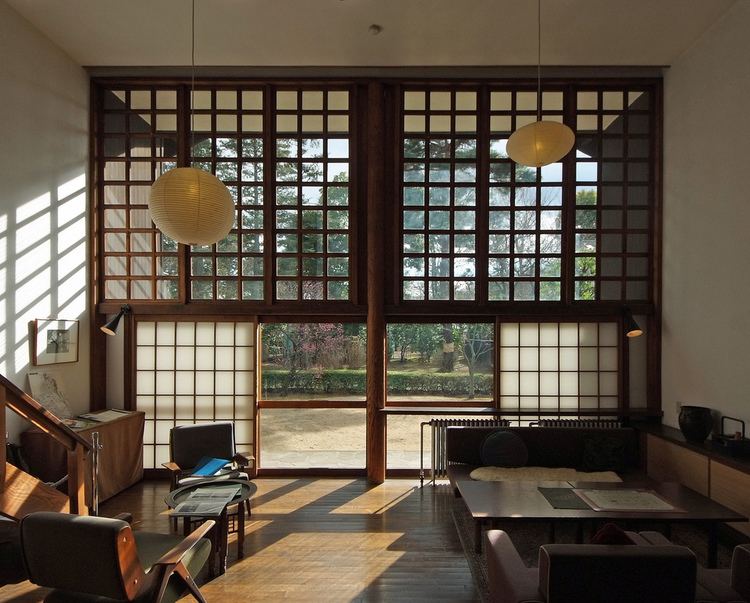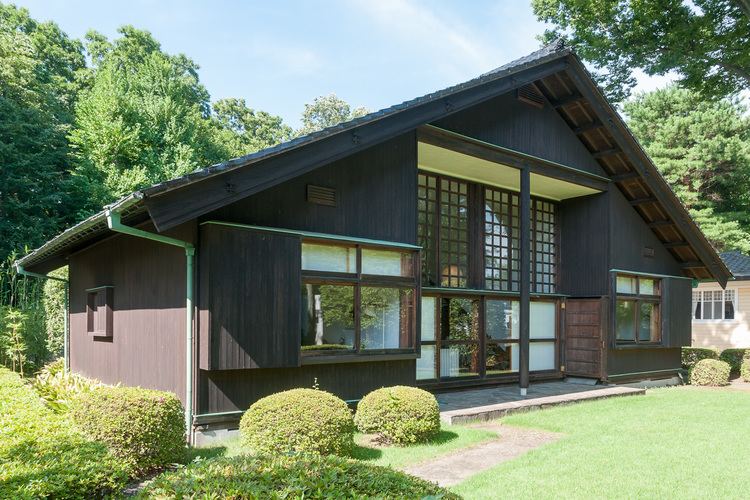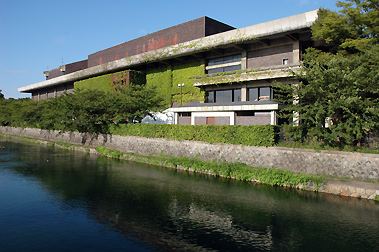Education University of Tokyo Role Architect | Name Kunio Maekawa Occupation Architect | |
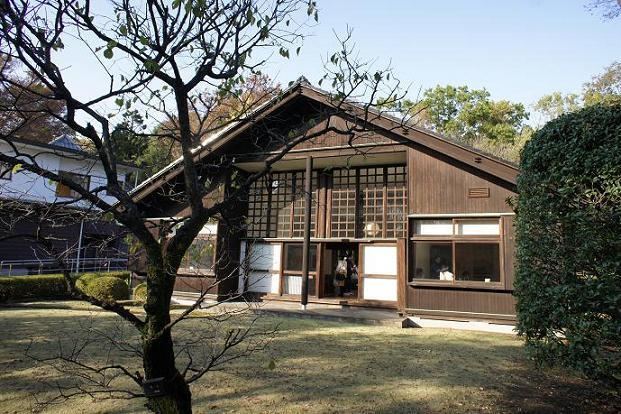 | ||
Born 14 May 1905 Niigata, Niigata Practice Mayekawa Kumio Associates Buildings The National Museum of Modern Art, Tokyo Died June 26, 1986, Tokyo, Japan | ||
Kunio maekawa tokyo metropolitan art museum
Kunio Maekawa (前川 國男, Maekawa Kunio, 14 May 1905 – 26 June 1986) was a Japanese architect especially known for the Tokyo Bunka Kaikan building, and a key figure of modern Japanese architecture.
Contents
- Kunio maekawa tokyo metropolitan art museum
- Kunio maekawa tokyo bunka kaikan
- Formative years
- Selected projects
- Honors and awards
- References
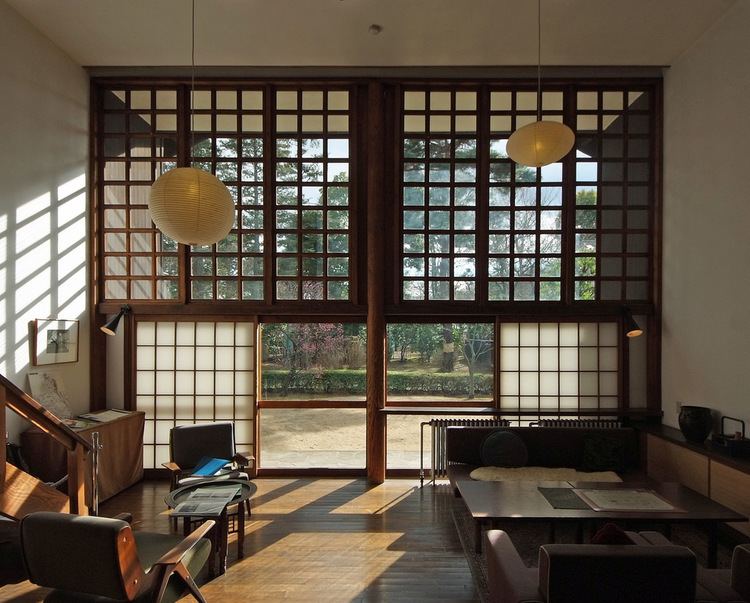
Kunio maekawa tokyo bunka kaikan
Formative years
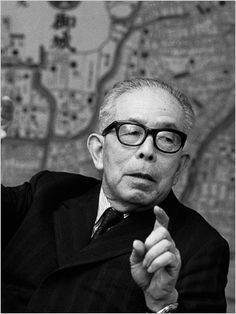
Kunio Mayekawa was born in 1905 in Niigata Prefecture in Japan. He entered First Tokyo Middle School in 1918, and then Tokyo Imperial University in 1925. After graduation in 1928, he travelled to France to apprentice with Le Corbusier. In 1930 he returned to Japan and worked with Antonin Raymond (a student of Frank Lloyd Wright), and in 1935 established his own office Mayekawa Kunio Associates. His own house has been described as his starting point, in which he brought the idea of piloti inside the house, to create a two-storey space. The original house has been dismantled and relocated to the Edo-Tokyo Open Air Architectural Museum.
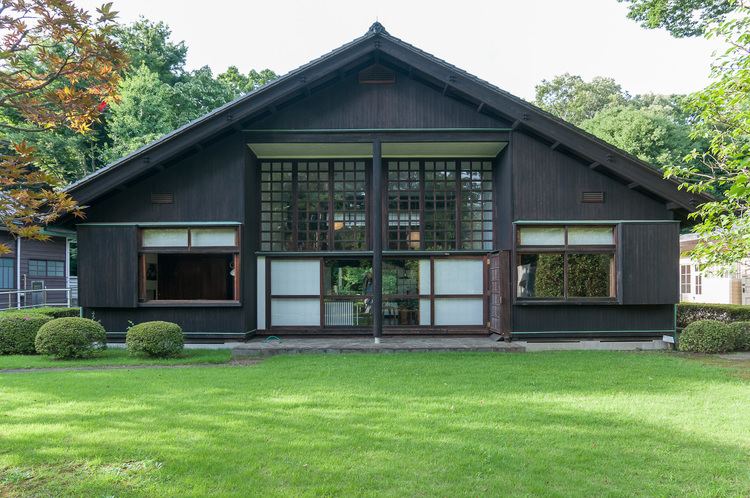
In 1955 he designed and build his first project: the Kanagawa Concert Hall and Library. His perhaps most famous work, the Tokyo Bunka Kaikan, located in Tokyo's Ueno Park was completed in 1961. The building contains a main, large concert hall, a recital hall, as well as a rehearsal room and a music library.
Selected projects
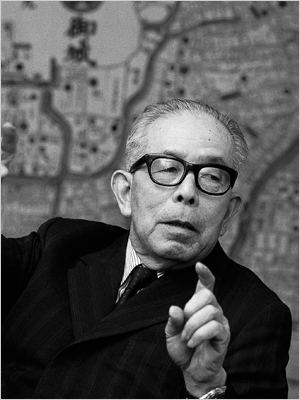
Honors and awards
